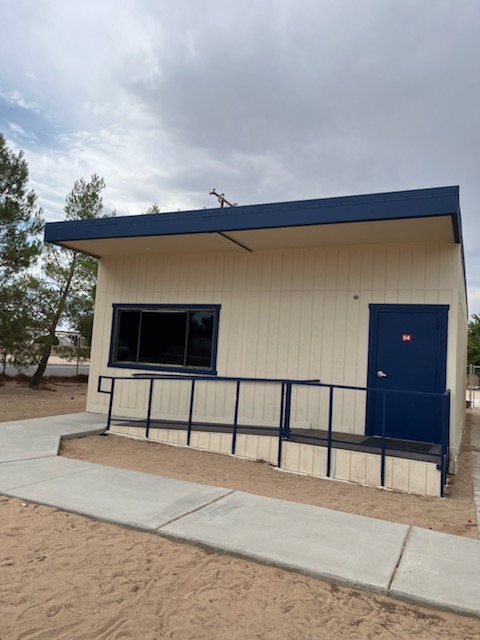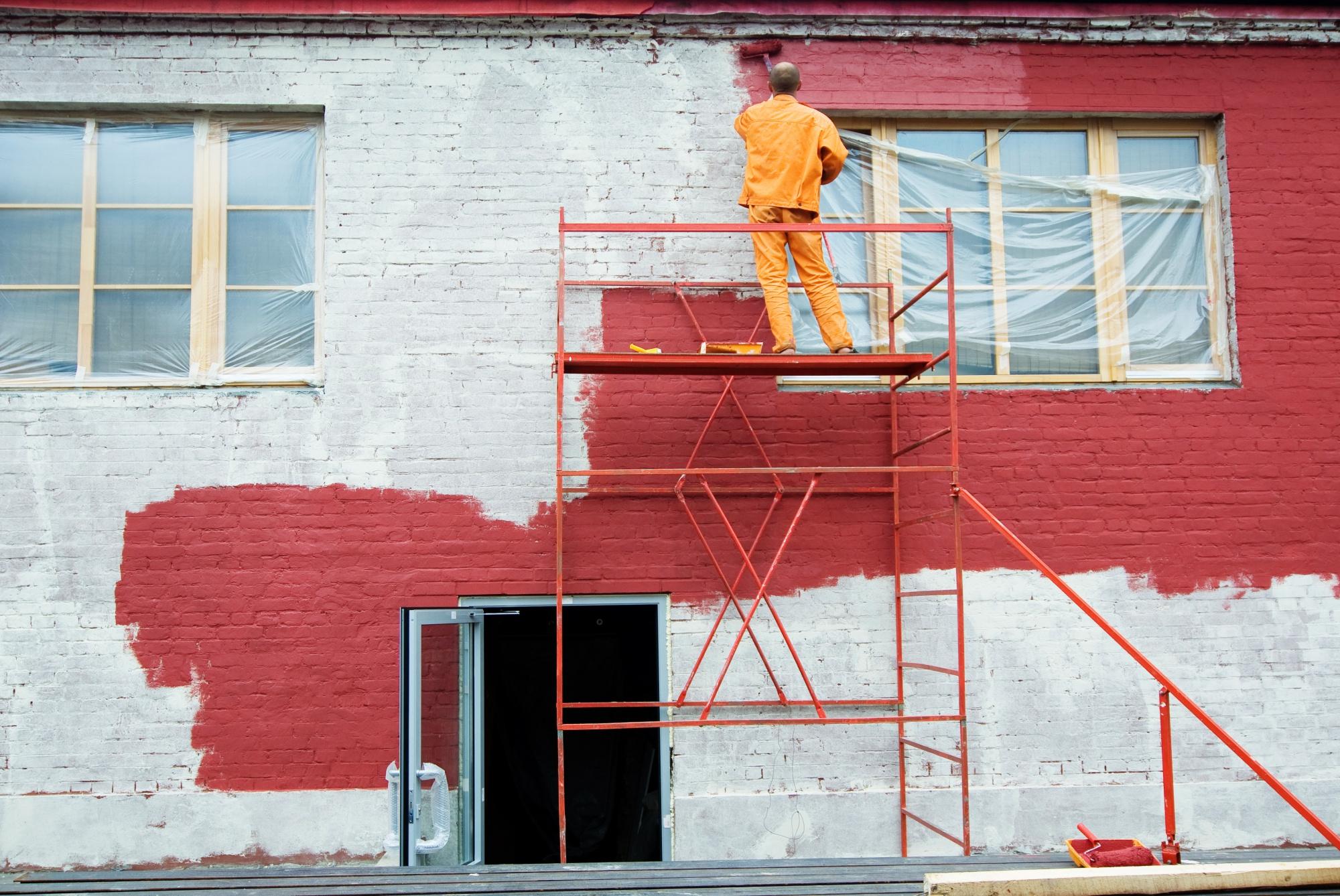Commercial painting projects require meticulous planning and execution to ensure a successful outcome.
From preparing the surfaces to selecting the right paints and applying them flawlessly, each step plays a crucial role in achieving a professional finish.
This guide will provide valuable tips and advice to help you understand the complexities of commercial painting and achieve outstanding results.
1. Preparation is Key
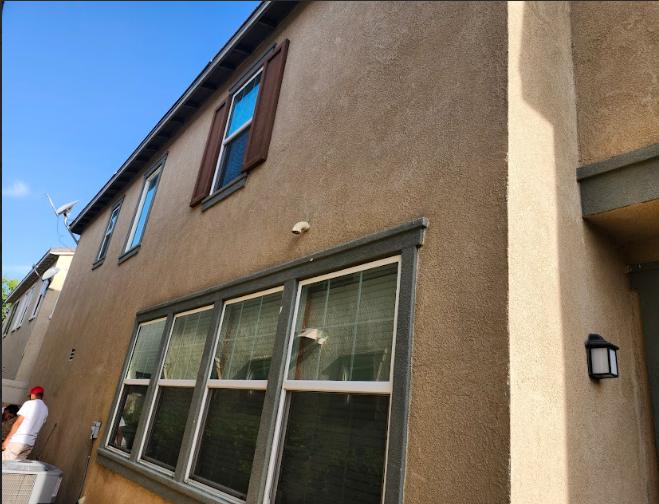
Thorough preparation is indeed the cornerstone of any successful painting project, regardless of its scale. It’s akin to laying a strong foundation for a building – if the foundation is weak, the entire structure is at risk.
Surface Inspection: A Meticulous Approach
Beyond the Obvious: Don’t just glance at the surface. Conduct a thorough, systematic inspection. Look for:
Cracks and Holes: These need to be filled and smoothed for a seamless finish.
Peeling Paint: Determine the cause (moisture, poor adhesion) and address it accordingly. Removal and proper priming may be necessary.
Blisters and Bubbles: These indicate moisture issues and require careful investigation and repair.
Rust and Corrosion: If present, treat them with appropriate rust converters or remove and apply a rust-resistant primer.
Wood Rot: Inspect for signs of decay and replace any affected areas.
Surface Flaws: Even minor imperfections can become more pronounced after painting. Address these diligently:
Sanding: Smooth out rough edges and create a uniform surface for better paint adhesion.
Patching: Repair minor holes and cracks with appropriate fillers.
Scraping: Remove loose or peeling paint.
Surface Cleaning: A Foundation for Adhesion
Importance of Cleanliness: A clean surface is essential for optimal paint adhesion. Contaminants like dust, grease, and mildew can weaken the bond between the paint and the surface, leading to premature failure.
Cleaning Methods: Choose the appropriate method based on the surface type and the level of contamination:
Washing: Use mild detergent and water for general cleaning.
Pressure Washing: Effective for removing stubborn dirt and grime from exterior surfaces (use with caution to avoid damaging delicate materials).
Chemical Cleaning: Utilize specialized cleaners for specific contaminants like mildew or oil.
Abrasive Blasting: A powerful method for removing heavy layers of paint or rust (requires specialized equipment and expertise).
Surface Protection: Maintaining Order and Cleanliness
Minimize Mess: Protect surrounding areas from paint spills and overspray:
Drop Cloths: Cover floors and furniture with thick, durable drop cloths.
Plastic Sheeting: Shield delicate surfaces like countertops and appliances.
Masking Tape: Securely tape off areas that should not be painted, such as trim, windows, and fixtures.
2. Selecting the Right Paint
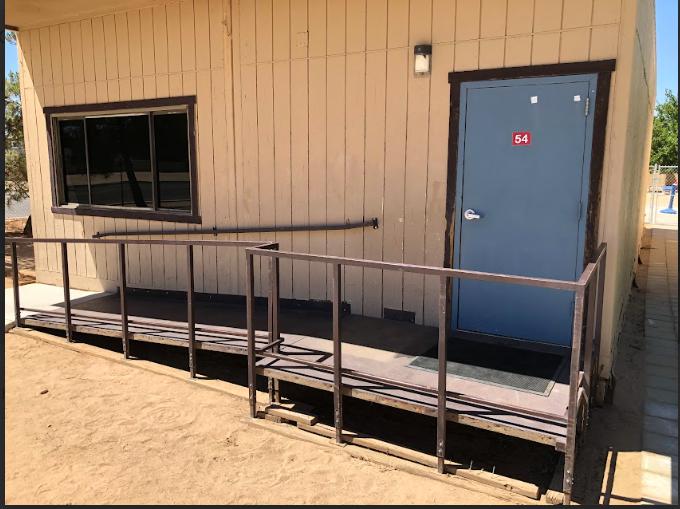
Choosing the right paint is an important step in any commercial painting project. It directly impacts the longevity, appearance, and overall success of the finished product.
Surface Type: A Foundation for Success
Understanding the Substrate:
Concrete: Requires paints with excellent adhesion to withstand moisture and prevent cracking. Look for primers designed for concrete to ensure proper bonding.
Metal: Prone to rust. Choose paints with rust-inhibiting properties and consider using a primer specifically formulated for metal surfaces.
Wood: May require priming to seal the wood and prevent moisture absorption. Select paints that provide good coverage and protect against rot and decay.
Masonry: Often requires specialized paints that can withstand moisture and alkali.
Proper Preparation is Key: Regardless of the surface type, proper surface preparation is essential. This may involve cleaning, sanding, and applying a primer to ensure optimal paint adhesion and long-lasting results.
Finish: Achieving the Desired Aesthetic
Matte: Provides a low-sheen, flat finish that helps to hide imperfections. Ideal for walls where you want to minimize reflections.
Satin: Offers a slightly sheen finish with good durability and washability. Suitable for walls and trim in areas with moderate traffic.
Gloss: Provides a high-gloss finish that is highly reflective and durable. Ideal for trim, doors, and surfaces that require frequent cleaning.
Semi-Gloss: Offers a balance between gloss and satin, providing a durable finish with a slight sheen. Suitable for trim, doors, and walls in areas with high traffic.
3. Proper Application Techniques
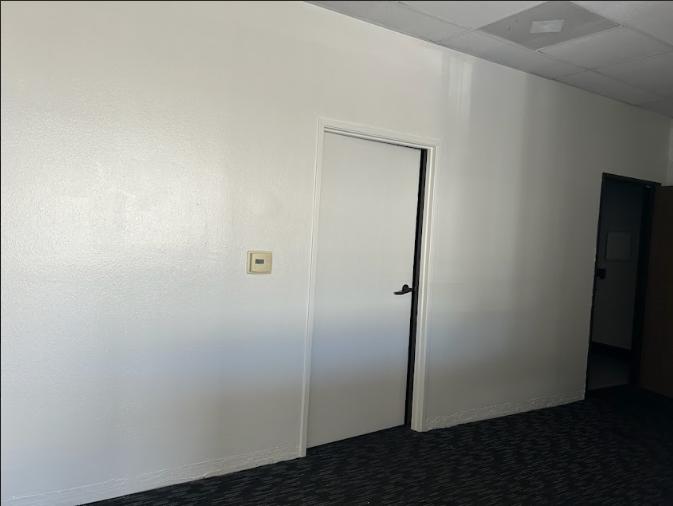
Proper application techniques are important for achieving a flawless and professional paint job. They significantly impact the final appearance, durability, and longevity of the painted surface.
Surface Preparation
Cleaning: Thoroughly clean the surface to remove any dirt, dust, grease, or loose particles. This ensures optimal paint adhesion and prevents imperfections from showing through.
Repairing: Fill any cracks, holes, or dents with appropriate fillers or spackle. Sand the repaired areas smoothly for a seamless finish.
Sanding: Lightly sand the entire surface to create a smooth and even texture. This helps the paint adhere better and provides a more uniform appearance.
Priming: Apply a high-quality primer to the surface.
Paint Application
Choose the Right Tools: Select the appropriate tools for the job:
Brushes: Ideal for detailed work, cutting in, and achieving a smooth finish on textured surfaces.
Rollers: Efficient for covering large areas quickly. Choose the appropriate nap size (roller cover thickness) based on the surface texture.
Sprayers: Offer fast and even coverage, especially for large surfaces. However, requires proper preparation and ventilation.
Apply Thin, Even Coats: Avoid overloading the brush or roller. Apply thin, even coats to prevent drips, sags, and runs.
Maintain Wet Edges: When applying multiple coats, blend the edges of the new coat into the previously applied wet coat to avoid visible lap marks.
Allow Proper Drying Time: Ensure adequate drying time between coats as recommended by the paint manufacturer. This allows the paint to cure properly and prevents issues like peeling or cracking.
5. Project Management
Planning and Scheduling: Develop a detailed project plan, including timelines, budgets, and resource allocation.
Communication: Maintain clear and consistent communication with clients, contractors, and other stakeholders.
Quality Control: Conduct regular quality control checks throughout the project to ensure that the work meets the required standards.
6. Post-Painting Maintenance
Proper post-painting maintenance is essential to prolong the life of the paint job.
Cleaning: Regularly clean the painted surfaces using appropriate methods to remove dirt, dust, and grime.
Touch-ups: Conduct regular touch-ups to address any minor chips, scratches, or fading.
Repainting: Schedule periodic repainting to maintain the appearance and protect the surfaces from further deterioration.
By following these tips and advice, you can effectively navigate the complexities of commercial painting projects and achieve outstanding results.
For business owners and homeowners in Orange County seeking experienced interior and exterior house painters, consider Silver Star Painting. We offer the most professional commercial and residential painting services, ensuring high-quality results and customer satisfaction.
Our range of services includes drywall patching, exterior trim replacement, kitchen cabinet refinishing, power washing, crack repairs and restoration, wallpaper removal, and much more.
Reach out to us at any time for more details about our painting company.

